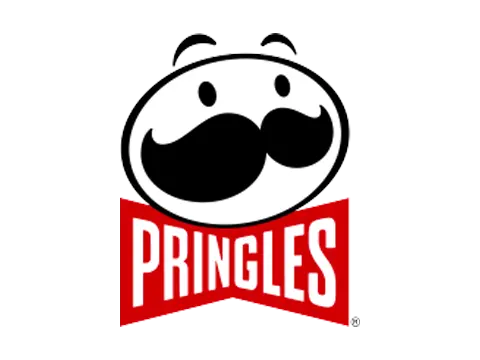The Violence Prevention Coalition of Greater Los Angeles (VPC) is one of 16 community partnerships across the U.S. selected to participate in Making Connections for Mental Wellbeing Among Men and Boys. The initiative, funded by Movember and led by Prevention Institute, taps the power of communities and connection to address conditions in the community that can impact mental wellness.
The VPC includes members from a range of public and private organizations, including public health, the legal community, gun violence prevention, domestic violence prevention, victim support services, education, and arts organizations. Mo Bro Randal Henry, Project Leader of VPC’s Making Connections work, shares his experiences with the project.
Q: Describe a bit about your work with Making Connections.
A: Here in Los Angeles, our work revolves around addressing the impact of gang culture and gang violence on mental health and community wellbeing countywide, but our primary focus is on South LA and the communities that surround it. We are super excited to be working on several key project goals. One of them is the development of our work group and learning community. We’re getting great feedback from the participants; they’re learning a lot about the things that we can do to improve mental health in the county in a variety of settings. The premier project that we’re working on is enhancing school engagement and school climate in the Centinela Valley School District. We’ll be working with five different high schools to do a scan of the school environment seeking opportunities for increasing engagement, decreasing absenteeism, increasing school attendance rates, and increasing school connection. This is the culmination of a year-long planning process. We’re now ready to move into the implementation phase.
Q: How did you come to focus on schools?
A: No matter what their circumstances are, children are required to go to school. So we felt that this would be a way for us to reach the greatest number of people, both youth and the folks who work with them. School is a nexus for the social and cultural environment; it provides an opportunity to address the physical/built environment, and an opportunity to improve the economic outlook for children as well as improve their mental health.
Q: How is your work connected with suicide prevention?
A: We’re trying to make sure that neighborhoods have the right building blocks for mental health: safe places to play, good food, safe schools, environments free from bullying, helping people be strong so they can resist drugs that aren’t good for them, giving them hope. These are prevention steps for suicide. When you talk to people about suicide, they often feel despair, some of them have lost their social connections. Some of them have lost their mental health connections, for example, they might be strung out on drugs. Some of them may be mentally ill, and nobody connected them to a set of resources to address the things that might be driving their suicidal tendencies. That’s why the school climate is so important to us. When they’re younger, sometimes there are things that can you can do upstream. We’re going in and saying we want to have good mental health building blocks and address early indications that there may be problems. Several of our partners, Cedars-Sinai Medical Center and St. Francis Medical Center, also provide hotlines and counseling services so if a youth is suicidal he can get in touch with somebody to help. We see that as part of a panoply of things that we do, but we’re more upstream; we are really focused on the prevention side.
Q: How is your work impacting the local community?
A: Here in Los Angeles, we have a special emphasis on building a learning community. We’re doing a landscape analysis of who we bring together, how we bring them together, and what we do once they are together. We’ve facilitated relationships that have grown and reinforced our network and we are moving toward a shared understanding of the impact of trauma in LA. Even though partners have many different goals and agendas, we have agreed to focus on schools as our primary target. So I see that in LA we’re maturing as a coalition and in this work.
Q: What have you learned that surprised you?
A: It’s simple. We are inextricably tied together here in Los Angeles. We’ve had people literally from all walks of life come to this table saying, “You can’t just do this in South LA; this affects our whole county.” They’re saying, “We need to be a part of this.” When they’re looking at black kids and brown kids, they’re not seeing them as black kids and brown kids; they’re seeing them as children in LA who they care about. That’s a simple thing, but in this world with all its divisiveness, that’s heartwarming to me.
Many thank to Randal for sharing the detials of the VPC's Making Connections program with us. Read more about other Making Connection community projects.


.jpg)







